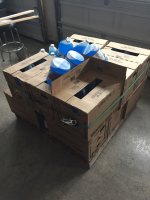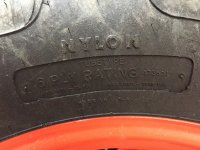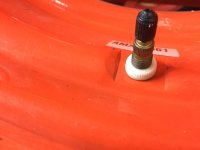wmonroe
Elite Member
I am thinking about adding windshield washer fluid to my rear tires but have a question hopefully you guys can help with. I don't necessarily want to go the full fill (48 gal.) which would be about 400 lbs per tire (14.9x26 ag tires). My main goal is for a little additional stability on the hills around my place and I thought if I only fill to just above the axle it would keep all the weight below the center of gravity. I'm thinking about 35 gallons per tire, which would be about 300 pounds. Anyone see any downsides to this thinking?


